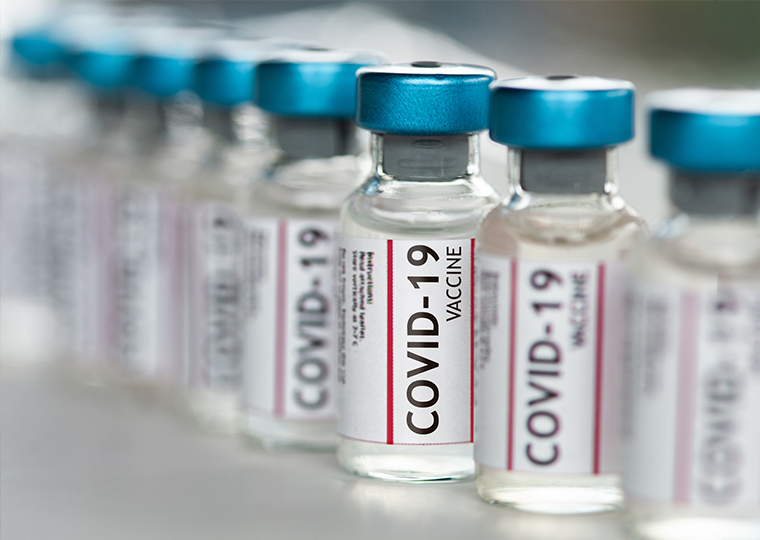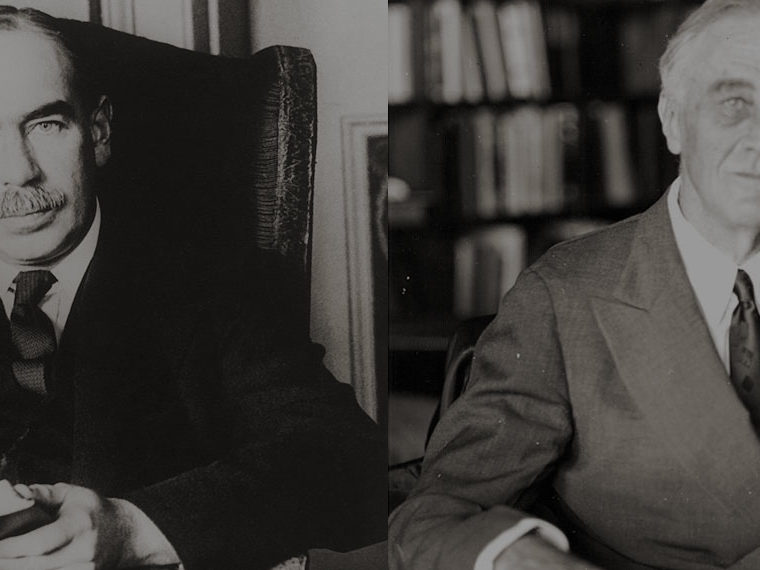Bans with no exceptions for rape, incest or a mother’s health are increasingly unpopular
The Supreme Court’s decision to abolish federal protection of abortion rights has been cast as a potential game changer in the upcoming midterm elections.
Though there is no way to know in advance the impact the Dobbs decision will have on turnout levels of specific constituencies, a working paper suggests it may not have meaningfully changed general attitudes about abortion as a policy issue, nor its potential impact on voter preferences.
The No-Exceptions Exception
In a working paper, Washington University in St. Louis’ Raphael Thomadsen, UCLA Anderson’s Robert Zeithammer and Washington University in St. Louis’s Song Yao found that while attitudes about abortion as an election issue shifted in predictable ways right after the leak of the Dobbs decision in April, they mostly reverted to their pre-Dobbs positions by the time the decision was officially announced in late June.
Opt In to the Review Monthly Email Update.
Yet one type of abortion policy resulted in a substantial and lasting change in voter preference post-Dobbs, the researchers found.
In simulations drawing on data from detailed surveys conducted before-Dobbs, post-Dobbs-leak, and then post-Dobbs decision (300-plus participants in each survey), the researchers found that women and independent voters became markedly less supportive of an anti-abortion candidate who is also against any exceptions in the case of rape, incest or the health of the mother.
That type of policy is not a theoretical “what-if.” In the wake of Dobbs effectively making abortion rights a state issue, more than a dozen states that restrict or ban abortion do not allow any exceptions for rape or incest. Additionally, some states are weighing bans that allow for no exception when the life of the mother is at risk, and health-of-the-mother exceptions have come under fire by some anti-abortion activists as granting too much latitude to physicians and women.
Lindsey Graham May Have Been on to Something
The research by Thomadsen, Zeithammer and Yao thus suggests that Sen. Lindsey Graham’s proposed federal abortion ban at 15 weeks with exceptions — which landed with a thud when introduced in September — is actually in sync with what would work best for Republicans running against abortion rights candidates.
The researchers estimate that in a Senate-like contest with a pro-Roe Democrat, an anti-abortion Republican who supports limited legal abortion rights (legal up to 12 weeks in this survey) would get more votes than if he matched the typical pro-abortion stance (legal up to 28 weeks), or took a stance of a total ban with no exceptions or a total ban with exceptions.
This prediction holds true whether a state currently allows Roe-level abortion rights (28 weeks), has limited legal protections (up to 12 weeks) or imposes abortion bans.
A Shift in Views Was Short-Lived
For this project, Thomadsen, Zeithammer and Yao, who are marketing academics, apply cutting-edge survey and modeling techniques from their discipline to the field of political science.
This project uses the conjoint analysis survey approach to consumer research. Conjoint surveys have long been popular in marketing, and more recently have become a powerful resource for political science research.
Conjoint surveys enable researchers to tease out the importance of different product features to consumers and predict how a consumer’s combined weighting of those features might drive what gets purchased.
Here, the products under consideration are two Senate candidates and the product features are two candidates’ stances on party affiliation, abortion, taxes, illegal immigration, climate change, health insurance and poverty. The purchase decision is how the consumer would vote if those two were the only candidates running.
To explore whether Dobbs may change voter preferences, the researchers had participants vote for one of two hypothetical candidates based on each candidate’s position on key issues. Participants were shown short explanations of each position prior to this stage of the survey.
As seen below, each vote was limited to four issues to reduce cognitive load of the stimuli, and participants voted 20 times on different quadruples of issues. A statistical model then combined all 20 votes to ascertain each respondent’s preferences on all seven issues included in the study. The estimated preferences enabled the researchers to run simulations exploring the potential impact of abortion on vote share outcomes in a variety of hypothetical races.
Despite intense media coverage after the leak of the Dobbs decision in April, there was almost no change in the importance of abortion to Americans between the first survey, conducted pre-leak in March 2022, and two identical surveys — one conducted in April, right after the leak, and the other conducted in early July, two weeks after the court’s official decision.
Comparing the pre-leak survey to the post-leak one, the researchers found that simulated voting polarized along predictable political lines, with Democrat and independent voters shifting even more toward a pro-Roe candidate, and Republican voters shifting the other way.
Adding the post-decision survey to the comparison revealed that this polarization was short-lived. Voters largely reverted to their pre-leak voting preferences by July. This pattern of results adds to the above evidence — the weight voters give abortion, relative to other concerns — that Americans have stable preferences for abortion policies, and a single Supreme Court decision cannot change that very much.
However, looking more closely at the data, the researchers also discovered some lasting effects of the decision.
No-Exceptions Anti-Abortion Candidate Loses Ground
The researchers analyzed potential vote share in a simulated election where the only issue in play was abortion. The anti-abortion candidate was against any exceptions, and the pro-abortion rights candidate advocated the 28-week protection ala Roe.
The no-exception position went from unpopular to more unpopular.
Prior to the Dobbs decision, the researchers estimate that in a single issue (abortion) race, the anti-abortion candidate would have received 32% of the total U.S. vote share. The national vote share fell to less than 29% in the survey conducted after the final decision was announced.
The anti-abortion/no exception candidate wasn’t even particularly popular with Republicans, getting a vote share of 55% both pre- and post-Dobbs. In an alternative single-issue analysis where the anti-abortion Republican candidate did support exceptions, his vote share was significantly higher, starting at 62% pre-Dobbs and rising to 67% post-Dobbs.
The biggest shift came from women. Interestingly, prior to Dobbs, women were more likely than men to vote for the anti-exception Republican candidate (35.5% vote share from women, 29.5% from men.) Post-Dobbs, vote share for the anti-exception candidate among women fell 8.4 percentage points, to 27%. Among men, support for the candidate rose slightly to 31%.
Independents (and nonvoters in 2020) also responded strongly to Dobbs: Their vote share for the no-exceptions candidate fell from 37% pre-Dobbs to just under 30% after.
Given that no election is based on a single issue, the researchers also explored how vote shares might change in an election that reflects voter preferences across multiple key issues typically associated with the two political parties.
In the election involving a prototypical Democrat running against a prototypical Republican, women again became significantly less supportive of the anti-abortion/no exception candidate, dropping 7 percentage points from pre- to post-Dobbs. Independent support fell 5.3 percentage points. Men, on the other hand, seem to care more about those other issues, and their support for the Republican candidate in a multi-issue race rose nearly 7 percentage points to 36.5%.
Of course, issues aren’t all that matters. Personality and zeitgeist are in the mix too. And the seven issues the researchers drew out didn’t include the pocketbook impact of our current high rate of inflation, which polls suggest is indeed on potential voters’ minds.
Still, if candidates are following along, they might want to focus less on standard pro-abortion rights or anti-abortion positioning, where voter preference hasn’t shifted much, and lean into the issue of no exceptions. Democrats might seem to gain from playing up the appetite in some Republican-dominated state legislatures for no-exceptions, while Republicans might want to dial down that position — which might just be the cover Graham was looking to provide.
Featured Faculty
-
Robert Zeithammer
Professor of Marketing
About the Research
Thomadsen, R., Zeithammer, R. & Yao, S. (2022). Impact of a Supreme Court Decision on the Preference of Americans regarding Abortion Policy.






